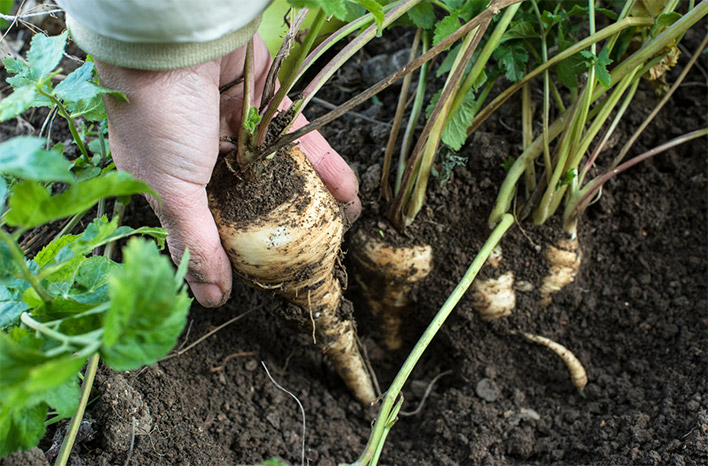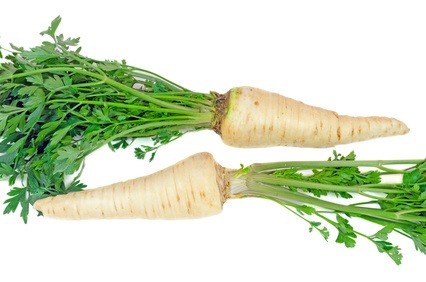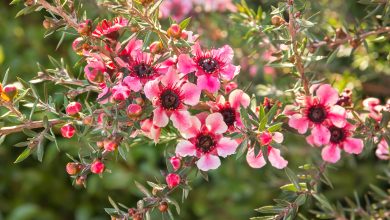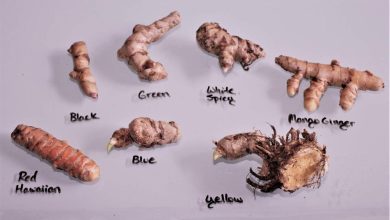How to grow Parsnip: Planting, watering, harvesting and others

Good farmers! Did you know Parsnip? It would not be strange if it was the first time you heard about it since it is not one of the most consumed vegetables and that is why today we are going to tell you how to grow parsnip and some of its characteristics.

What is parsnip?
Parsnip (Pastinaca sativa) is a plant traditionally used as a vegetable. It is native to Europe and is also commonly known by the names of field celery, parsnip or parsnips.
The part that is used or exploited for consumption is the root, whose shape is very similar to that of the carrot; the color and texture of the potato, its flavor is slightly sweet, and it is used in the kitchen basically for the preparation of stews, soups and broths.
When is parsnip planted?
It is usually carried out in the months close to spring and even well into spring. Parsnip is usually sown directly, because it is good that it starts to grow in the same place where it will be in the future, this is much better than transplanting it, this is because it normally does not have germination problems.
It is advisable to use seeds that are purchased or if we already had the plant, from the previous year, since if they are more than two years old, it could have problems when it comes to germinating. We can also make this plant grow again.
What type of soil or substrate should be used?
In general, it adapts to almost any type of soil, but it prefers cool, humid and deep ones. It is better to avoid stony soils, since the root would develop with great difficulty. It is recommended to pay before planting and maintain a pH that is not very acidic.
Suitable climate to grow parsnip
Parsnip does very well in areas with a lot of light, but it can also tolerate semi-shade conditions. The appropriate climate for their growth is the one where they originate, that of Central Europe with cold winters, springs and autumns of medium temperature and very hot summers. Above all, it is necessary for it to be cold in winter because it accumulates more reserves and thus will have a sweeter taste.
When to water parsnip?
This vegetable develops adequately in rather humid soils, this does not mean waterlogged, because it would negatively affect growth, especially the roots could rot. Therefore, irrigation must be constant, but in such a way that the soil is maintained with a certain level of humidity.
parsnip fertilizer
Before sowing it is convenient that the soil or substrate is well supplied with nutrients, for this a fertilizer can be made before sowing. Subsequently, periodic maintenance contributions must be made.

parsnip pruning
We can do a cleaning pruning (dry or diseased leaves or branches); You could also do a maintenance pruning, remove leaves or branches that, although they are fine, are unnecessary, but it is not necessary either.
It is advisable to keep the soil or the pot clean of weeds, so that they do not harm the development of the root.
Parsnip pests and diseases
The pests that most frequently attack this crop are:
– The carrot fly: this pest is so named because it mainly affects carrots, but also parsnip. It is the larvae that really cause damage to the root, which is why it is very important to prevent this pest, especially by using a soil that is clean of pathogens and insects. Also as prevention, you can make association crops, in this case with onion, since it repels these insects.
– Aphids: they do not cause direct damage to the root, but they do damage the leaves, which leads the plant to reduce its photosynthesis function and therefore the root does not thicken.
– Mildew: This is the fungus that most frequently attacks parsnips, among other reasons because, as we have previously mentioned, the soil has to be constantly moist, it is best to prevent it with organic fungicides and not to wet the leaves excessively or avoid wetting them when the plant is watered.
– Caterpillars and snails: You have to keep them away from the areas near the plants where the plants are, since they eat parts of them, so they die in a short time. A preventive measure is the use of coffee.
Health benefits of parsnip
This vegetable has many health benefits, among them it is rich in vitamin B, C and E; It is high in phosphorous, potassium and magnesium. It is used for cases of hypertension, prevents fluid retention, reduces insomnia, helps control cholesterol levels, is a source of antioxidants and contributes to the proper functioning of the liver and digestion, in addition to reducing intestinal pain.
References
- Berenbaum, M., Zangerl, A. (1986). Variation in seed furanocoumarin content within the wild parsnip (Pastinaca sativa). Phytochemistry, 25(3), 659-661.
- Patriarca, A., Fernández, V. (2018) Alternaria. Reference Module in Food Science, Elsevier.
- Koite, S. Y.; Gladders, P., Paulus, AO (2007).Vegetable diseases. Academic Press. San Diego.
Agrohuerters, as much as if you already knew this plant or if it is the first time you know about it, I hope you will be encouraged to grow parsnip, especially because it can bring us many benefits for the organism, for any questions do not hesitate to write it in the comments. Until next time!

![Photo of Aeoniun Arboreum: [Crop, Irrigation, Associations, Pests and Diseases]](https://www.complete-gardening.com/wp-content/uploads/2021/06/Aeoniun-Arboreum-scaled-1-390x220.jpg)


![Photo of Prune a Walnut Tree: [Importance, Season, Tools, Considerations and Steps]](https://www.complete-gardening.com/wp-content/uploads/2022/08/prune-a-walnut-tree-importance-season-tools-considerations-and-steps-390x220.jpg)